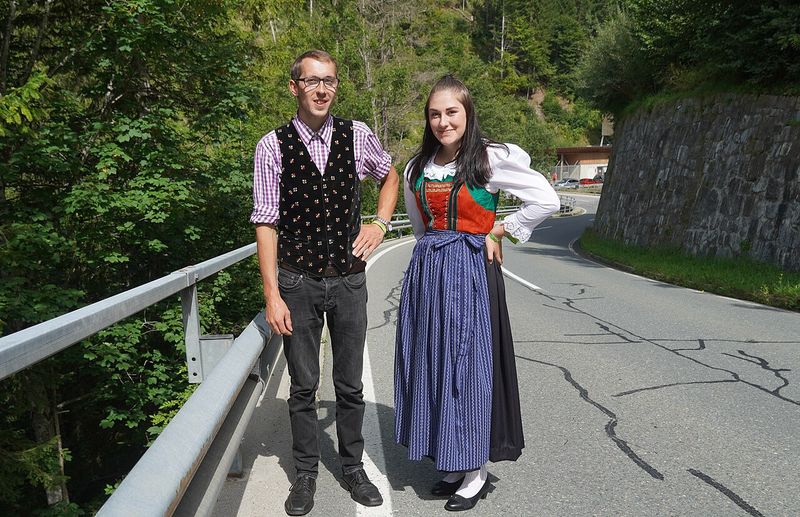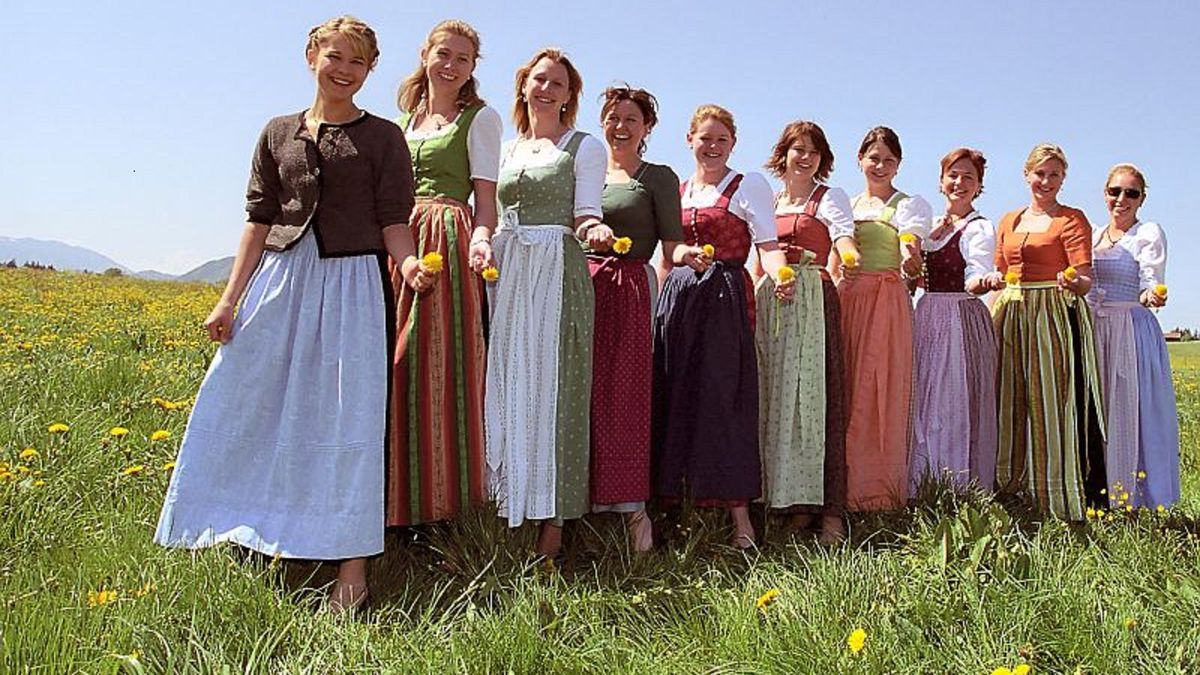Snapshots
Traditional clothing is essential to presenting the multiplicity of regional identities that make up German culture. Even though Lederhosen and dirndl gowns are now recognized around the world as iconic German attire, there is a wide variety of lesser-known traditional attire that captures the essence and legacy of many regions.Every region tells its own tale through the fabric of its traditional clothing, from the elaborate Münsterländer Tracht to the elegant Schäppel of Swabia and the humorous Sorbische Tracht of Spreewald. Investigating these obscure clothing pieces reveals an engrossing story of skill, pride in culture, and regional variation that together characterize the mosaic of German history. The nuances of these sometimes disregarded clothes are explored in this article; each one narrates a distinct tale of artistry, custom, and cultural significance.
Tracht diversity: Beyond Dirndl and Lederhosen
Dirndl dresses and Lederhosen, synonymous with Bavarian culture, are undoubtedly iconic representations of German traditional clothing. However, Germany's diverse regions boast a plethora of unique Trachten (traditional garments), each with its distinct flair. In the Black Forest region, for instance, the Bollenhut is a striking headpiece adorned with red pom-poms, symbolizing a woman's marital status. This exemplifies the richness and diversity of traditional clothing across Germany.
Westphalian charm: Münsterländer Tracht

Venturing into the heart of North Rhine-Westphalia, the Münsterländer Tracht captures the essence of Westphalian charm. Women don ornate blouses with intricate embroidery, paired with ankle-length skirts featuring bold patterns. The ensemble is completed with a distinctive headdress, often adorned with ribbons and flowers, creating a visual spectacle that mirrors the region's cultural heritage.
Franconian elegance: Frauentracht

In Franconia, located in northern Bavaria, the Frauentracht showcases a unique blend of elegance and tradition. Women wear intricately embroidered blouses paired with richly colored skirts, complemented by elaborate aprons. The ensemble is topped with a silk or velvet bodice, creating a look that speaks to the region's historical opulence. The Frauentracht exemplifies the meticulous craftsmanship embedded in Franconian culture.
Swabian sophistication: Schäppel
Heading to the Swabian region, the Schäppel takes center stage as a symbol of sophistication. This traditional headpiece, worn by women during special occasions, is characterized by its ornate silver or gold filigree and delicate lace. Paired with a tailored bodice and flowing skirt, the Schäppel exudes an air of refinement, reflecting the Swabian commitment to preserving their unique cultural identity.
Rhineland Revelry: Rheinische Tracht
Crossing over to the western part of Germany, the Rheinische Tracht captures the spirit of Rhineland revelry. Men don a distinctive jacket known as the "Kölsche Frack," adorned with brass buttons, while women showcase brightly colored skirts and blouses. The ensemble is often accompanied by a vibrant apron, creating a lively and celebratory aesthetic that mirrors the exuberance of Rhineland festivities.
Spreewald's Whimsical Flair: Sorbische Tracht
In the enchanting landscape of Spreewald, the Sorbische Tracht adds a whimsical touch to Germany's traditional clothing mosaic. The Sorbs, a Slavic minority in Germany, proudly display their cultural heritage through vibrant, handcrafted garments. Women wear intricately patterned skirts and blouses, adorned with ribbons and lace, while men opt for embroidered vests and distinctive headwear. The Sorbische Tracht serves as a testament to the cultural resilience of the Sorbian people.
North Sea Nautical: Fischerhemd
Venturing north to the coastal regions, the Fischerhemd (fisherman's shirt) emerges as a testament to the symbiotic relationship between the people and the sea. Originating from the North Sea, this distinctive striped shirt, often paired with sturdy trousers, reflects the maritime traditions of northern Germany. The Fischerhemd embodies a practical yet stylish approach to traditional attire, showcasing the adaptability of German clothing to diverse regional lifestyles.


